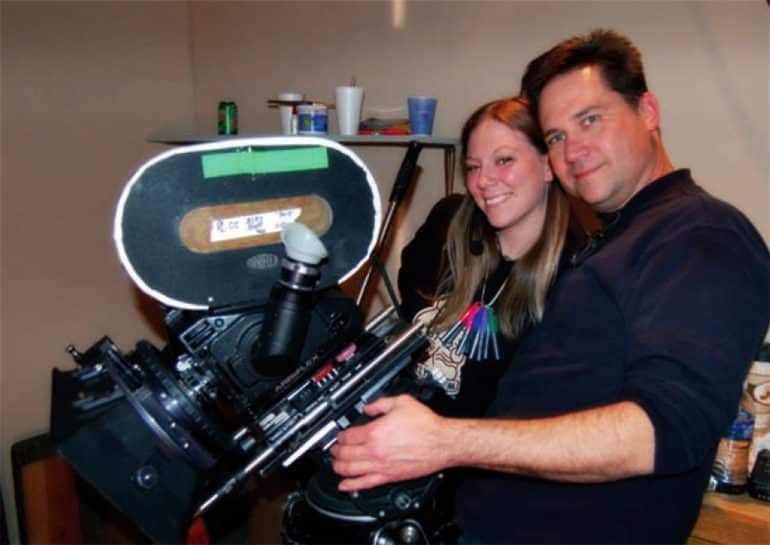Photo by Sandy Millar, Hawkes Bay, Aotearoa New Zealand.
Do you sometimes find yourself staring at a blank page, fighting distractions, but then, CUT TO an innocent Google or YouTube search, and then, off down the rabbit hole you go? And the thing you google’d or youtube’d doesn’t even have anything to do with the character or story line you’ve been building in your head. The ideas stay right there – only in your head. Time passes, and that screenplay you wanted to write never gets written at all.
Here are some quick and friendly tips (baby steps) to help get you started and writing.
1. Brainstorm Ideas
Take some time to brainstorm ideas for your script or screenplay. Ask yourself questions like:
- What is the genre of my script?
- Who are my characters?
- What will be the central conflict?
- What themes do I want to explore?
Outline your ideas and create a basic structure for your story.
2. Do Some Research
Research the genre you’re writing in and study scripts from similar films. Read published scripts, take notes, and learn about screenplay structure and formatting.
3. Create an Outline
Once you have a good understanding of the basics, create an outline for your story. Make sure to include scenes, character arcs, and plot points.
In screenwriting, a scene is a sequence of events that take place in a single location and within a continuous time period. Scenes are the building blocks of a screenplay, and each scene should move the story forward in some way. Scenes can include dialogue, narration, action, and visual elements.
A character arc is a journey of growth and change that a character undergoes over the course of a story. This can include physical, emotional, and psychological changes. It is a way for the audience to engage with and relate to the character, as it allows them to understand the character’s motivations and journey.
Plot points are the structural beats within a screenplay that mark the turning points and major shifts in the story’s structure. They are the key moments in the story that propel the narrative forward, create conflict and tension, and move the story to its conclusion. Plot points often involve a major revelation, decision, or action that changes the course of the story. Common plot points in screenwriting include the inciting incident, the midpoint, the climax, and the resolution.
4. Write Your First Draft
Start writing the first draft of your screenplay. Focus on getting your story down on paper. Don’t worry too much about formatting and grammar.
5. Revise Your First Draft
After you’ve written a complete draft, revise and make edits. Make sure you’ve written a compelling story with well-developed characters and a satisfying ending.
6. Format Your Final Draft
Once you’re happy with the content of your script, format it correctly.
- Use 12-point Courier font, double-spaced. Courier is a fixed-width font, which means each character and space takes up the same amount of horizontal space. This makes it easy for industry professionals to identify the page length of a screenplay.
- Include page numbers in the top right-hand corner of each page.
- Use 1-inch margins on all four sides of the page.
- Leave an extra blank line between the characters’ names and their dialogue.
- Use scene headings to indicate changes in time and location.
- Use action lines to describe the action taking place.
- Use character cues to indicate when a character is speaking.
- Capitalize character cues and scene headings, but keep all other text in lowercase letters.
- Use parentheticals to indicate the tone of a character’s dialogue.
- Use transitions to indicate changes in time, location, or scene.
- Use slug lines to indicate changes in location within a scene.
- Use suffixes such as “V.O.” or “O.S.” to indicate when a character is speaking off-screen.
You can also use screenwriting software to save time on formatting, as the software will format for you.
Seek out great screenplays, make time to read actual scripts, and pick up the formatting rules and patterns. Use the internet to search and find screenplays you can download for free, and use these screenplays as tools to study with and to learn from.
“With the rapid application of the changing technologies, we are all students.”
Jody Michelle Solis serves as Publisher and Editor-in-Chief of StudentFilmmakers Magazine (www.studentfilmmakers.com), HD Pro Guide Magazine (www.hdproguide.com), and Sports Video Tech Magazine (www.sportsvideotech.com).






